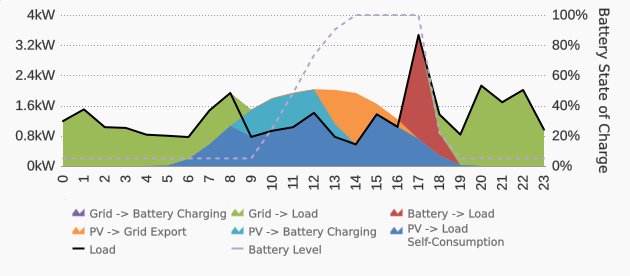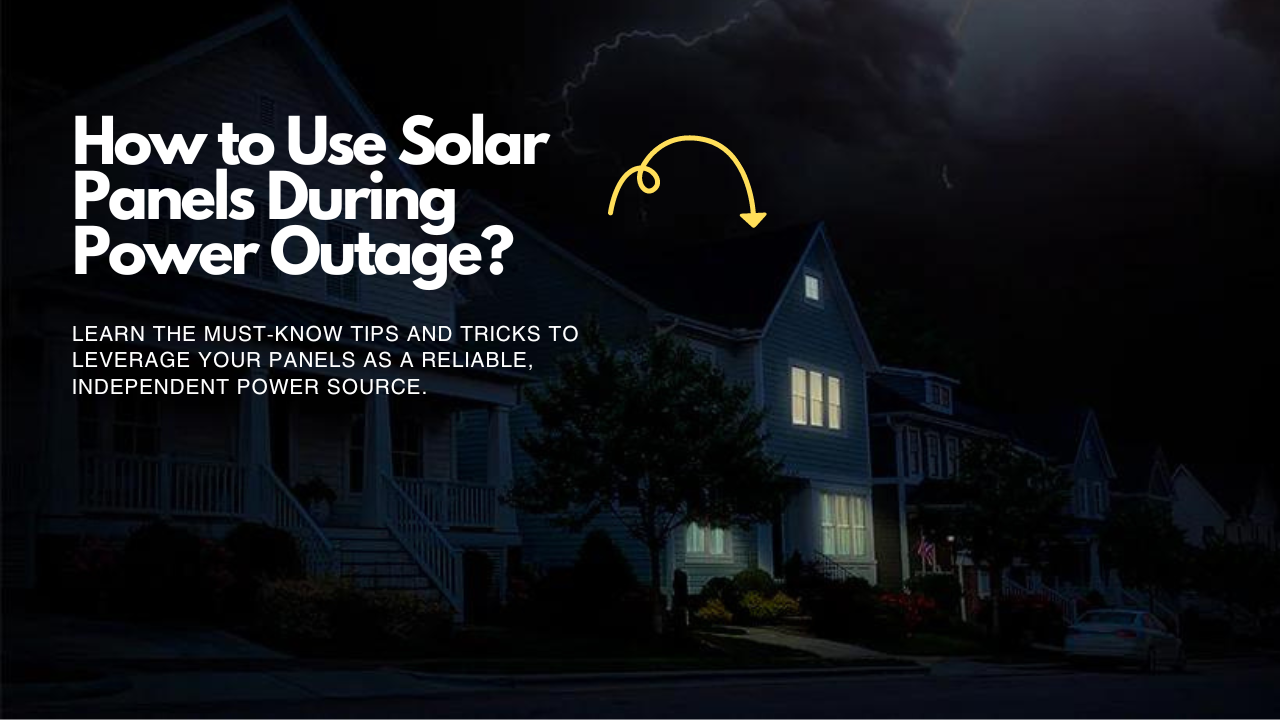Surprising Ways Solar Battery Performance Can Impact Your Energy Savings
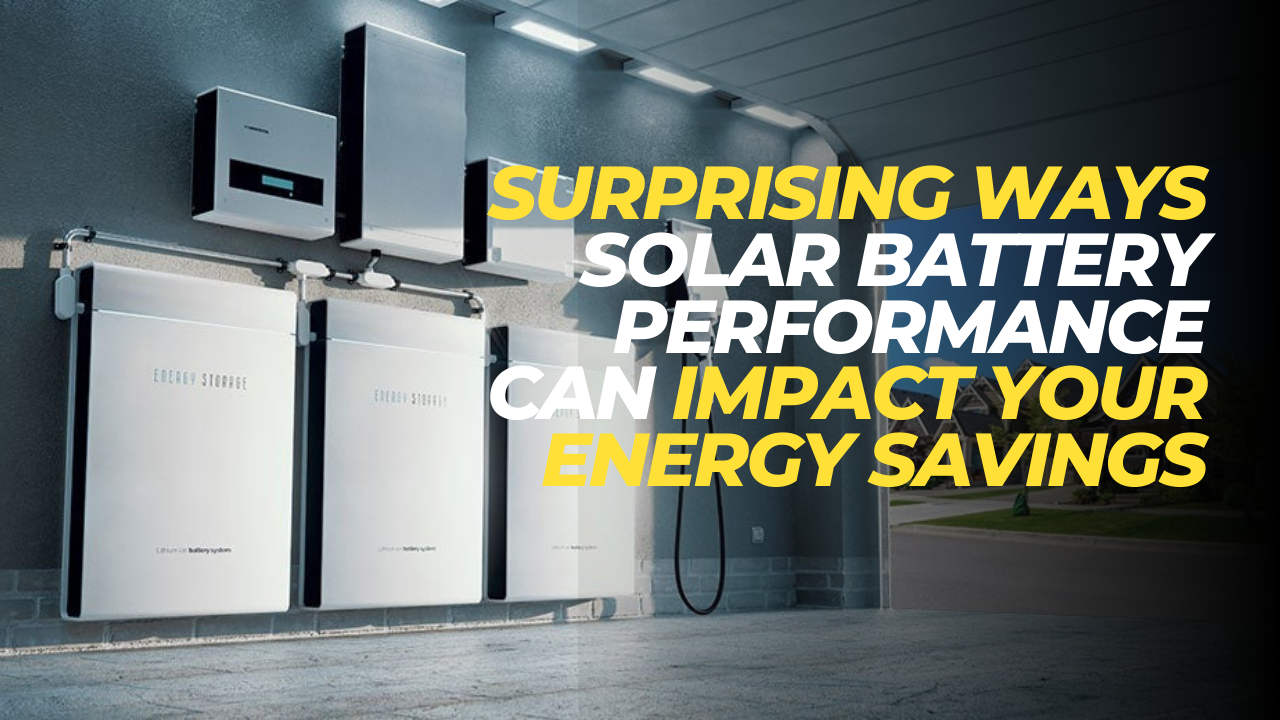
Did you know that the average American household can save over $1,000 per year by installing solar batteries? That’s a pretty impressive chunk of change! But here’s the kicker: those savings aren’t guaranteed. In fact, they hinge on one crucial factor that often gets overlooked – your solar battery’s performance.
You see, solar batteries are a bit like living, breathing entities. They’re constantly working behind the scenes, storing up all that sweet, sweet solar energy so you can use it when the sun’s not shining.
But here’s the thing – how well they do their job depends on a whole host of factors. And if you’re not paying attention to those factors, you could be leaving some serious savings on the table.
That’s where this article comes in. We’re going to dive deep into the surprising ways your solar battery’s performance can impact your energy savings. By the end, you’ll have a crystal-clear understanding of what makes these power-packed devices tick, and how you can optimize them for maximum financial returns.
We’ll be covering everything from the role of temperature to the importance of proper sizing and configuration. We’ll even touch on some advanced topics like charge cycling and real-time monitoring. But don’t worry – we’ll break it all down in a way that’s easy to understand, even if you’re not a solar expert.
So, whether you’re a proud new owner of a solar battery system, or just considering taking the plunge, this article is for you. Get ready to learn, get inspired, and most importantly – get ready to start saving!
Temperature Matters More Than You Think
When it comes to solar battery performance, temperature is the unsung hero (or villain, depending on how you look at it). You might not give it much thought on a day-to-day basis, but the temperature your batteries are exposed to can have a dramatic impact on their capacity, efficiency, and even their lifespan.
Here’s the deal: most solar batteries are designed to operate within a specific temperature range. For the popular lithium-ion variety, that sweet spot is usually between 50°F and 85°F (10°C to 30°C). Anything outside of that range can start to cause problems.
On the high end, excessive heat is a real efficiency killer. When temperatures climb above 85°F, the internal resistance of the battery increases. That means it takes more energy to charge, and the battery can’t hold as much energy overall. In fact, for every 10°F above the optimal temperature, you can expect to see a whopping 10-20% decrease in capacity. Ouch!
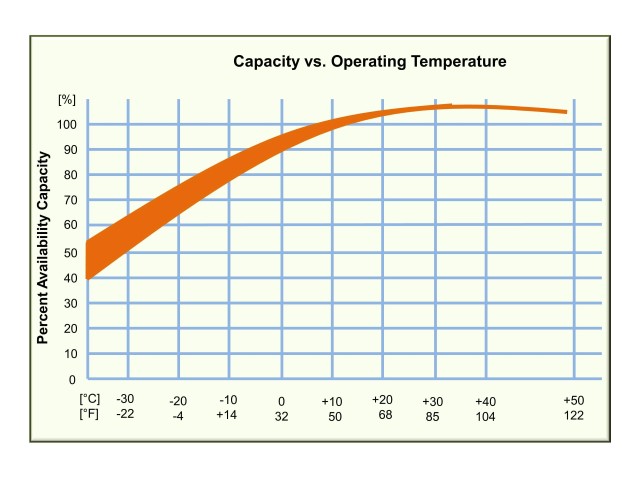
Best Temperature for Batteries
But it’s not just about efficiency. High temperatures can also shorten the lifespan of your batteries by accelerating the rate of chemical degradation. Over time, this can lead to permanent capacity loss, meaning your batteries won’t be able to hold as much energy as they once did.
So, what can you do to keep your batteries cool and happy? Here are a few strategies to consider:
- Install your batteries in a temperature-controlled location, like a garage or basement.
- Provide adequate ventilation to prevent heat buildup.
- Use shading techniques to keep direct sunlight off the batteries.
- Consider investing in a battery cooling system for extreme climates.
Real-world example: Let’s say you have a 10 kWh lithium-ion battery system installed in your home. If that system is consistently exposed to temperatures above 90°F, you could be losing out on 1-2 kWh of capacity per day. Over the course of a year, that adds up to 365-730 kWh of lost energy production. At an average electricity rate of $0.13 per kWh, that’s $47-$95 in annual savings down the drain!
The bottom line? Pay attention to temperature, and take steps to keep your batteries within that optimal range. Your wallet (and your batteries) will thank you in the long run.
Charge Cycling Impacts Performance Over Time
Alright, let’s talk about another major factor in your solar battery’s performance: charge cycling. This might sound like some fancy technical jargon, but it’s actually a pretty simple concept that can have a big impact on your system’s efficiency and lifespan.
So, what exactly is a charge cycle? In a nutshell, it’s the process of your battery charging up with energy from your solar panels, then discharging that energy to power your home or appliances. Every time your battery goes through this charge-discharge process, that’s one cycle.
Now, here’s where things get interesting. The number of charge cycles your battery goes through, and how deeply it’s discharged each time, can significantly affect its overall performance and longevity.
You see, every battery has a finite number of times it can be cycled before it starts to degrade. This is known as the battery’s “cycle life.” The deeper the discharge (meaning the more energy that’s drained from the battery each cycle), the fewer total cycles it will last.
Let’s break this down with an example. Say you have a lithium-ion battery with a cycle life of 5,000 cycles at 80% depth of discharge (DoD). This means if you use 80% of the battery’s capacity before recharging it, you can expect it to last for about 5,000 cycles before it starts to lose significant capacity.
But what happens if you regularly drain your battery down to 50% instead? You might think this would be gentler on the battery and make it last longer. And you’d be right! By reducing the depth of discharge, you can actually extend the cycle life of your battery. In this case, the same battery might last 7,500 cycles or more.
So, what’s the sweet spot? Most experts recommend keeping your depth of discharge between 20-50% for optimal battery life. This means always leaving some reserve capacity in the tank, rather than running your batteries down to empty every time.
But how do you put this into practice? Here are a few tips:
- Size your battery bank appropriately for your energy needs, so you’re not constantly pushing them to their limits.
- Use a battery monitoring system to keep an eye on your state of charge and depth of discharge.
- Set your inverter’s low-voltage disconnect to prevent over-discharging.
- When possible, charge your batteries back up to 100% to help balance the cells and prevent stratification.
Charge cycling matters, big time. By being smart about how deeply and frequently you discharge your batteries, you can significantly extend their lifespan and reap the financial rewards for years to come.
Maintenance Keeps Your Batteries in Top Shape
You’ve got your solar battery temperature dialed in, and you’re a pro at managing those charge cycles. But there’s one more piece to the performance puzzle that we can’t overlook: regular maintenance.
Think of it like this – your solar battery is a lot like a car. You wouldn’t expect your ride to keep running smoothly if you never changed the oil or rotated the tires, right? The same principle applies to your battery. A little bit of routine TLC goes a long way in keeping it operating at peak efficiency and preventing costly issues down the road.
So, what does a solar battery maintenance checklist look like? Here are the key tasks you should be staying on top of:
- Keep it clean: Dust, dirt, and debris can accumulate on your battery over time, especially if it’s installed outside. Give the casing a gentle wipe-down with a soft, dry cloth every few months to keep things tidy.
- Check the connections: Loose or corroded cable connections are a common culprit behind battery performance issues. Every 6 months or so, carefully inspect the wiring and tighten any loose bolts or screws. If you spot any signs of corrosion, clean the affected areas with a wire brush or specialized cleaning solution.
- Monitor fluid levels (if applicable): If you have a flooded lead-acid battery, you’ll need to keep an eye on the electrolyte levels. Use a battery hydrometer to check the specific gravity of each cell, topping up with distilled water as needed. Sealed batteries are maintenance-free in this regard.
- Perform visual inspections: While you’re giving your battery the once-over, take a moment to look for any signs of physical damage or wear. Cracks, bulges, or leaks are all red flags that should be addressed ASAP.
- Run diagnostic tests: Many modern solar battery systems come with built-in diagnostic tools that can give you valuable insights into performance and health. Familiarize yourself with these features and run tests regularly to catch any potential issues early.
Now, you might be thinking – how often do I really need to be doing all this stuff? And the answer is, it depends. As a general rule of thumb, giving your battery a quick check-up every 3-6 months is a good cadence to aim for. But certain factors, like extreme temperatures or heavy usage, may warrant more frequent inspections.
The key is to stay vigilant and proactive. By catching and addressing minor issues before they snowball into major problems, you can significantly extend the lifespan of your battery and safeguard your solar investment.
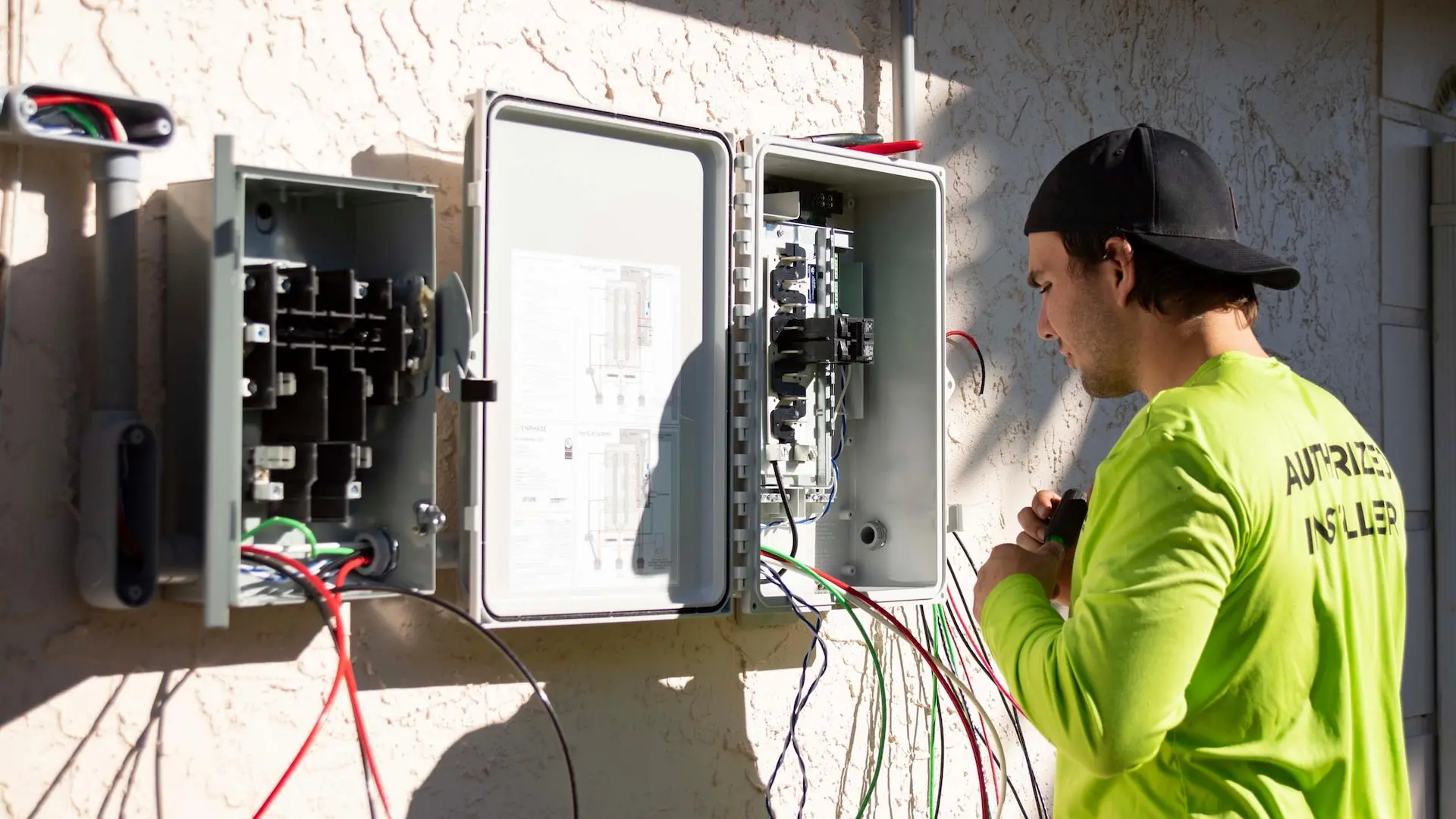
A little bit of preventative maintenance can make a world of difference when it comes to your solar battery’s performance and longevity. By staying on top of these simple tasks, you’re not just protecting your investment – you’re ensuring that your battery will be there to keep your home powered and your energy bills low for years to come.
So go ahead and add “battery maintenance” to your calendar. Your future self (and your wallet) will thank you.
Proper Battery Sizing and Configuration is Crucial
When it comes to solar battery performance, size really does matter. And we’re not just talking about physical dimensions here – we’re talking about capacity. An undersized battery bank simply won’t be able to keep up with your energy demands, leaving you in the dark (literally!) when you need power the most.
But how do you know if your battery setup is up to snuff? It all starts with calculating your energy needs. This isn’t just a shot in the dark – it’s a critical step in ensuring your solar system can handle your household’s power requirements.
To get started, take a look at your past utility bills. How many kilowatt-hours (kWh) are you typically using each month? Divide that number by 30 to get your daily average.
For example, if your monthly usage is 900 kWh, your daily average would be 30 kWh. That’s the bare minimum your battery bank needs to provide.
But wait, there’s more! You also need to factor in a little wiggle room for those cloudy days when your panels aren’t pumping out as much juice. A good rule of thumb is to add 20-30% on top of your daily average to account for less-than-ideal conditions.
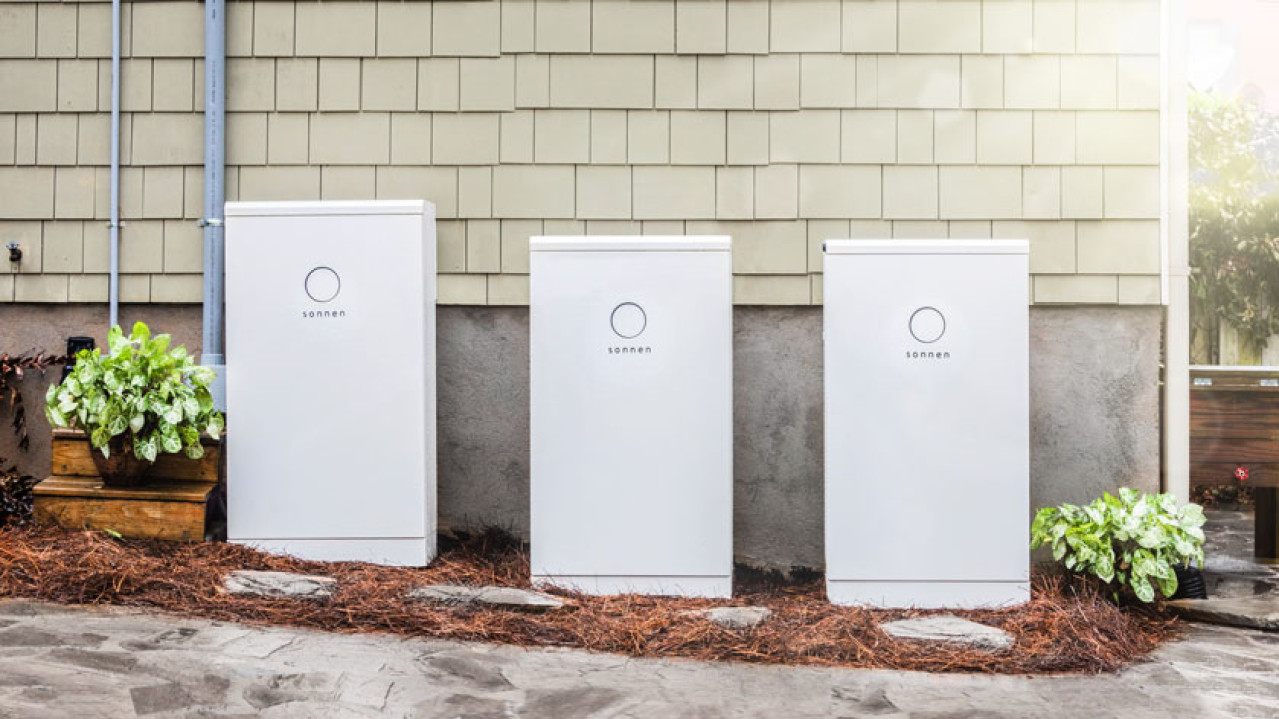
So, if we stick with our 30 kWh daily average from before, we’d want a battery bank capacity of at least 36-39 kWh to be on the safe side.
Now, here’s the million-dollar question: have you actually sized your battery bank based on your real-world energy usage? If not, it’s time to crunch those numbers!
Undersizing your battery bank is like trying to run a marathon in flip-flops – you might make it a few miles, but you’re going to have a bad time. Your batteries will be constantly strained trying to keep up with demand, leading to shorter lifespans and reduced performance over time.
On the flip side, an oversized battery bank isn’t necessarily a bad thing – it just means you’ll have plenty of reserve capacity for those extra-long movie marathons or impromptu dance parties. Just keep in mind that bigger isn’t always better when it comes to your wallet.
But size is only part of the equation. How you configure your batteries is equally important.
You’ve got two main options: parallel or series.
In a parallel setup, batteries are linked side-by-side, which increases the overall capacity while keeping voltage the same. This is great for boosting your storage capacity without changing your system voltage.
Series configurations, on the other hand, involve linking batteries end-to-end. This keeps the capacity the same but bumps up the voltage. It’s a good choice if you need to match your battery voltage to your inverter’s requirements.
To visualize this, imagine your batteries are like a pack of gum. In a parallel setup, you’re adding more sticks of gum to the pack, so you’ve got more to chew on. In a series config, you’re stacking the gum sticks on top of each other, so the pack gets taller but not wider.
The key is to find the right balance of parallel and series to meet your specific needs. A professional installer can help you navigate these options and design a setup that’s just right for your home.
Let’s say we’ve got two homeowners, Bob and Sue. They both have 6 kW solar arrays, but their battery setups couldn’t be more different.
Bob’s rockin’ a measly 10 kWh battery bank, which seemed like plenty when he first installed it. But as his family grew and their energy needs increased, that undersized setup just couldn’t keep up. He found himself dipping into the grid more and more often, and his energy bills were creeping back up.
Sue, on the other hand, did her homework. She carefully calculated her household’s daily usage (around 30 kWh) and sized her battery bank accordingly, landing on a robust 36 kWh setup. She even added a few extra kWh for good measure.
The result? Sue’s system hums along smoothly, providing plenty of juice even on cloudy days. She’s seeing the savings she expected, and then some!
The moral of the story? Don’t underestimate the power of proper battery sizing and configuration. It can make the difference between a solar setup that sings and one that falls flat.
So, do your due diligence, crunch those numbers, and work with a pro to design a battery bank that’s just right for your needs. Your wallet (and your peace of mind) will thank you in the long run.
Real-Time Monitoring Helps Optimize Performance
You’ve got your solar battery sizing dialed in, your configuration is on point, and you’re staying on top of that regular maintenance. But there’s one more tool in your arsenal that can take your system’s performance to the next level: real-time monitoring.
Think of it like a fitness tracker for your solar setup. Just like how keeping an eye on your steps, heart rate, and sleep patterns can help you optimize your health, monitoring your battery’s vital signs can help you squeeze every last drop of efficiency out of your system.

So, what exactly should you be tracking? Here are the key data points to keep on your radar:
- Voltage: This is like your battery’s blood pressure. Keeping tabs on the voltage can alert you to any potential issues with overcharging or undercharging.
- Current: If voltage is the pressure, current is the flow. Monitoring the current in and out of your battery can help you spot any abnormal drain or charge rates.
- Temperature: Remember how we talked about temperature’s impact on battery performance? Keeping an eye on those thermal fluctuations can help you make sure your batteries are staying in that Goldilocks zone.
- State of Charge (SOC): This is like your battery’s fuel gauge. Knowing how much juice is left in the tank can help you make informed decisions about when to charge, discharge, or hold steady.
But monitoring isn’t just about playing defense against potential problems. It’s also a powerful tool for optimizing your battery’s day-to-day performance.
By tracking your system’s data over time, you can start to identify patterns and trends that can inform your energy management strategies. For example, if you notice your batteries consistently hitting a low state of charge in the early evening, you might adjust your consumption habits to shift more of your energy usage to the daytime when your panels are cranking out the watts.
Or, if you spot a temperature spike that coincides with a dip in efficiency, you can take steps to improve your battery’s cooling setup to keep things running smoothly.
The beauty of real-time monitoring is that it gives you the insights you need to make those small tweaks and optimizations that can add up to big savings over time. It’s like having a personal energy coach in your pocket, helping you get the most out of your solar investment.
So, how do you get started with monitoring? These days, most modern solar battery systems come with some kind of built-in monitoring software or app. These tools make it easy to keep an eye on your system’s performance from your phone, tablet, or computer.
If your setup doesn’t have native monitoring capabilities, don’t fret! There are plenty of aftermarket solutions you can add on, from simple voltage meters to full-fledged energy management systems.
The key is to find a monitoring setup that works for you and your unique needs. Some folks love diving deep into the data and tweaking every last setting, while others prefer a more hands-off approach with simple alerts and notifications. There’s no right or wrong answer – it’s all about finding what works for you.
Let’s say you’ve got your monitoring system all set up, and you start noticing a strange pattern. Every afternoon around 2pm, your battery’s voltage takes a little dip before bouncing back up. It’s not a huge drop, but it’s consistent day after day.
Curious, you start digging into the data and realize that 2pm is right around when your kids get home from school and crank up the AC to beat the afternoon heat. Mystery solved!
Armed with that insight, you make a few small tweaks. You adjust your thermostat settings to pre-cool the house before the kids get home, and you shift some of your energy-intensive chores like running the dishwasher to the morning when your panels are pumping out more power.
Just like that, you’ve smoothed out that afternoon voltage dip and squeezed a little extra efficiency out of your system. And it’s all thanks to the power of real-time monitoring.
So, don’t underestimate the importance of keeping a close eye on your solar battery’s performance. With the right monitoring tools and a little bit of know-how, you can take your energy savings to the next level and make sure your investment keeps paying off for years to come.
What to do next?
Battery performance and solar savings go hand in hand – and with a little know-how and proactive care, you can keep both in tip-top shape.
We’ve covered a lot of ground, from the importance of temperature control and charge cycling to the benefits of regular maintenance, proper sizing, and real-time monitoring.
Let’s recap the main points:
- Temperature: Keeping your batteries within the optimal temperature range (typically 50°F to 85°F) is crucial for maximizing capacity and lifespan. Implement cooling strategies like shading and ventilation to beat the heat.
- Charge Cycling: Avoid frequent, deep discharges to prolong your battery’s cycle life. Aim to keep your depth of discharge between 20-50% for the best balance of performance and longevity.
- Maintenance: Regular check-ups and cleaning can catch small issues before they snowball into big problems. Create a maintenance schedule and stick to it – your batteries will thank you.
- Sizing and Configuration: Properly sizing your battery bank based on your energy needs is key to ensuring reliable performance. Work with a professional to design a configuration that meets your unique requirements.
- Monitoring: Real-time monitoring is your secret weapon for optimizing battery performance. Use data insights to inform your energy management strategies and keep your system running at peak efficiency.
But knowing this information is only half the battle – the real magic happens when you put these strategies into action. So, here’s your call to action: start implementing these battery care best practices today.
Whether it’s adjusting your temperature controls, tweaking your charging patterns, or setting up a monitoring system, every small step can add up to big savings over time.
Your solar battery is the heart of your renewable energy system. By giving it the care and attention it deserves, you’re not just saving money – you’re investing in a cleaner, greener future for yourself and the planet.
So go forth and optimize, solar warriors! With a little bit of knowledge and a lot of proactive care, you can keep your batteries (and your savings) in the green for years to come.
Every small tweak to your battery’s performance is a step towards a more sustainable, cost-effective energy future.
Nate is a solar expert with years of hands-on experience. He knows solar tech and sustainable energy inside out. His advice has helped many homeowners and businesses go green. Nate is passionate about eco-friendly living. That's why he's a big voice in the solar community.
Subscribe to newsletter
Stay on top of the latest guides and tips on solar.

